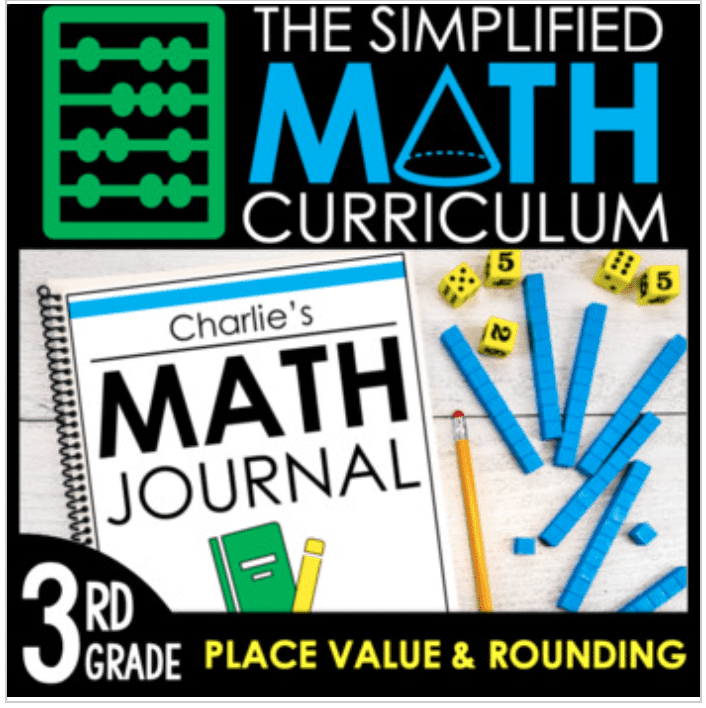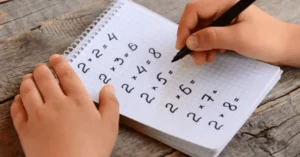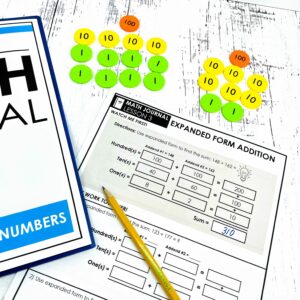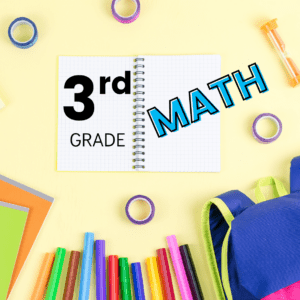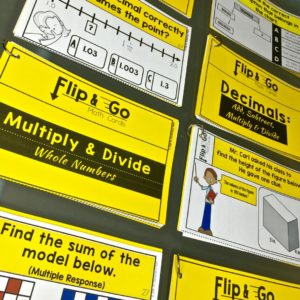
Rounding numbers is an important life skill.
Have you ever been in a situation when you needed to find out how much time it took to drive somewhere?
You may have asked something like, “How many minutes is it from here?”
And you may have gotten back a response like, “5 minutes” or “20 minutes”.
Rarely will someone give a response back like “17 minutes”…unless you’re looking at Google Maps.
And that’s because they estimated the time.
Our students’ ability to estimate and round numbers will make their lives outside of the classroom easier. So, let’s explore rounding numbers to the nearest 10 and 100.
Rounding Misconceptions
First, let’s talk about some misconceptions students can develop around the concept of rounding. For one, imprecise language can cause misunderstandings for our students.
The use of phrases like “round up” and “round down” by themselves is very unclear.
For example, if I asked you to “Round 267 Up”, you could tell me 270 or 300. This is because you could be rounding 267 to the nearest 10 or the nearest 100. Who knows?
Children need precise language to determine what they are rounding to.
Next, we have to discuss rounding rules. These are huge culprits for causing conceptual confusion.
I know you’ve heard rhymes like:
5 to 9 climb the vine, 0 to 4 slide to the floor
5 or above give it a shove, 4 or below let it go
5 or more let it soar, 4 or less give it a rest
There are so many of these types of rhymes and I admit I was guilty in the past. When I first started teaching, I used the rounding rhymes too. They were so easy to remember and my kids loved singing them.
So what’s the big deal?
The problem with rules and rhymes is that they focus solely on the digit. Many children end up falsely believing that when “rounding down” the digit in the tens place decreases by one when it actually remains the same.
It also takes away the place value aspect of rounding and makes it more of a trick.
So, what should you do instead?
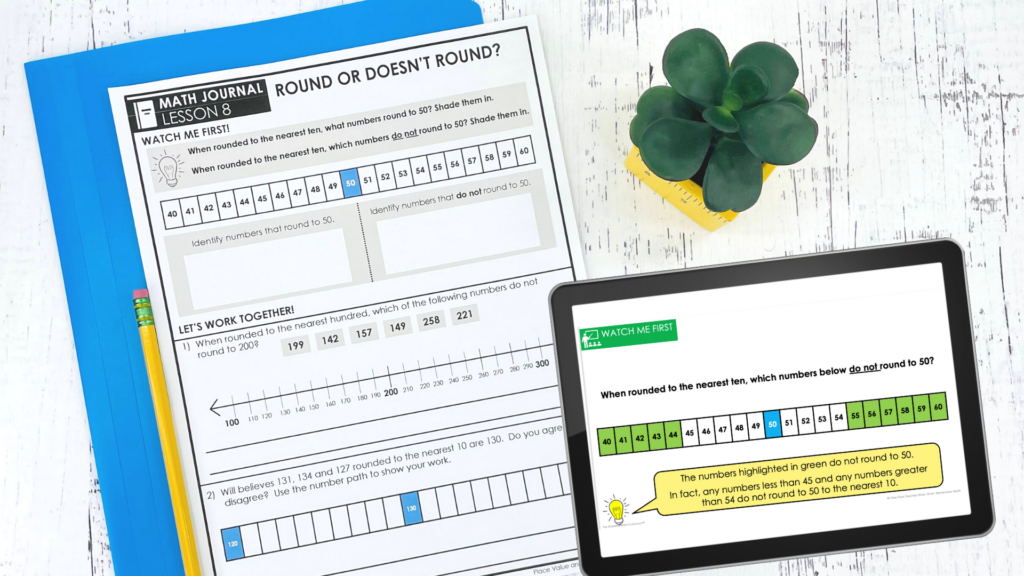
How to Teach Rounding to Third Graders
- Ask questions and encourage student responses with precise language (i.e. “round 428 to the nearest 10” versus “round 428 up”)
- Have students discuss which ten or hundred a number is nearest to and justify their thinking
- Provide many different experiences with rounding 2-digit and 3-digit numbers and ask what patterns they see
- Use visual models to help conceptualize rounding numbers
- Explore how to use midpoints to determine whether a number is less, greater than, or equal to the midpoints on a number line
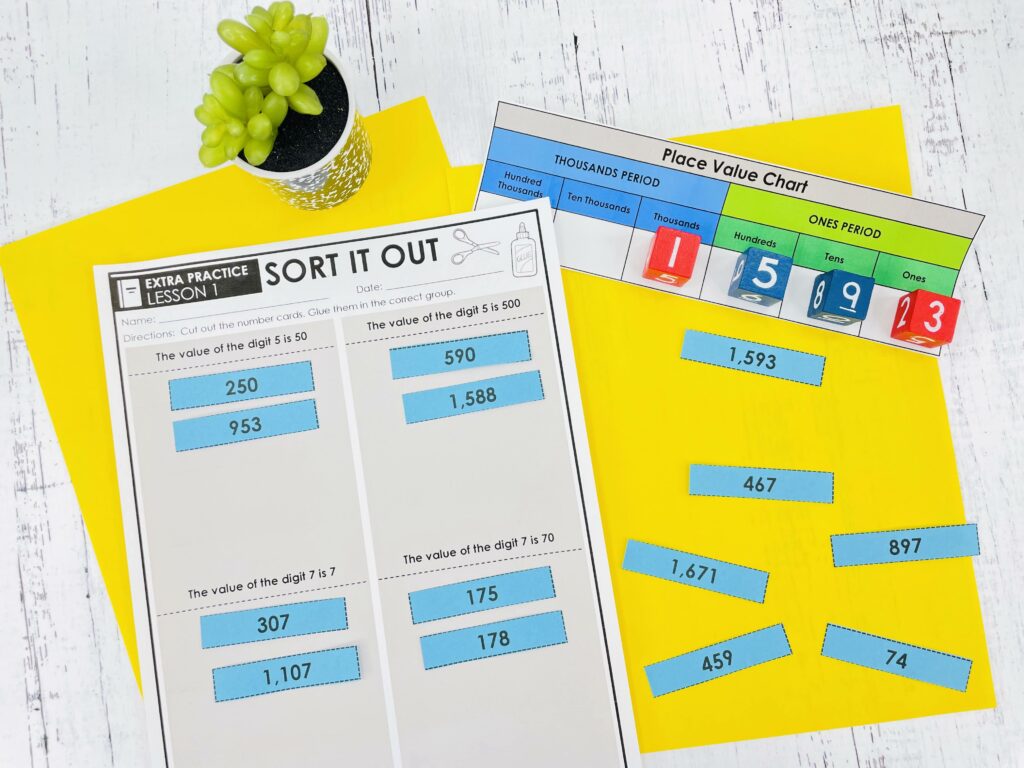
Top Teaching Tips
- Use models like number paths and number lines to help students visualize rounding numbers
- Use tools like a modified hundreds chart to reinforce place value
- Provide word problem examples so that students see skills in context
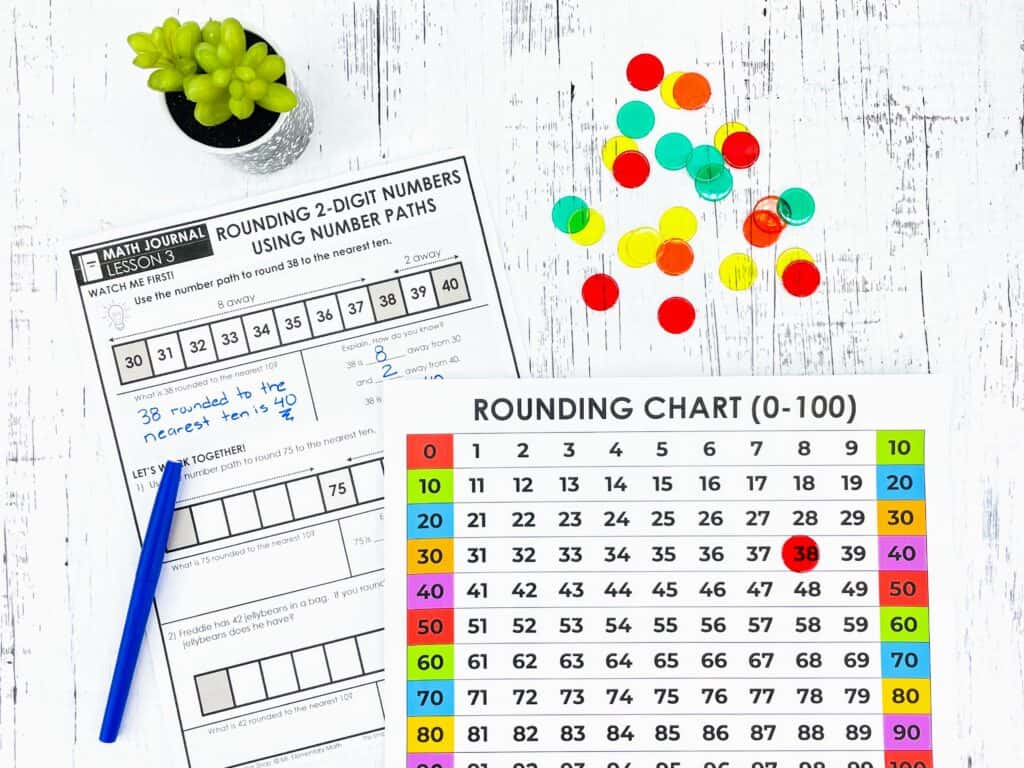
Make Teaching Rounding a Breeze with these Done-for-You Rounding Lessons
If you want to teach rounding so that your students really get it, then you need UNIT 1 from the Simplified Math Curriculum: Place Value and Rounding.
You’ll have everything you need to teach rounding to the nearest 10 and 100 including, pre and post-assessments, lesson presentations, student math journals, and more! Learn more by clicking below.
Shop the Simplified Math Curriculum
Done-for-you rounding and place value unit including: teaching slides, assessments, warm-ups, a student journal and more.
Plus, check out all the other math units included in the Simplified Math Curriculum.
If you want to know how to teach rounding in third grade and found the ideas in this post helpful, please share them on Pinterest!


